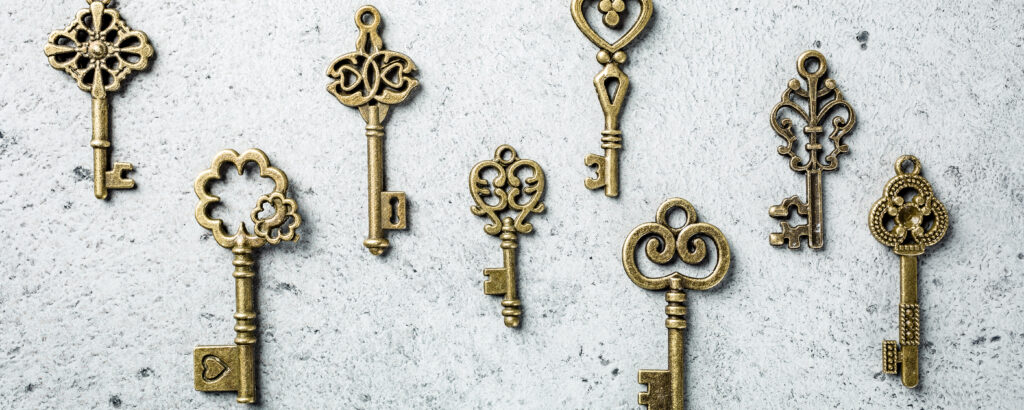The Evolution of Keys: A Journey through Locksmithing History
Keys have played a pivotal role in human civilization for centuries, serving as the cornerstone of locksmithing. As locksmiths honed their craft, keys evolved to meet the ever-changing demands of security and access control. From the ancient origins of locksmithing to the cutting-edge innovations of the digital age, the evolution of keys is a testament to the skill and ingenuity of locksmiths throughout history.
In this article, we will delve into the fascinating journey of key development, highlighting the crucial role locksmiths have played in shaping the evolution of keys.
Ancient Origins of Keys and the Craft of Locksmithing:
Did you know that the oldest known lock and key device dates back over 4,000 years? Discovered in the ruins of the ancient Assyrian city of Khorsabad, this lock mechanism used a simple wooden key to secure a wooden lock. This remarkable finding showcases the early origins of locksmithing and the ingenuity of ancient civilizations in developing key-based security systems.
Advancements in Ancient Greece and Rome and the Role of Locksmiths:
Locksmiths in ancient Greece and Rome were highly skilled artisans who developed the warded lock system. One fascinating fact is that these locks and keys were often made from bronze, and the keys had unique shapes corresponding to the wards within the lock. These elaborate keys not only served a functional purpose but were also symbols of status and wealth.
Medieval and Renaissance Era: Showcasing Locksmithing Artistry:
During the Middle Ages, locksmithing became an esteemed craft, and locksmiths were sought after for their expertise. One intriguing fact is that some medieval keys were designed to resemble intricate animals or mythical creatures. These elaborate and ornate designs reflected the belief that such keys possessed magical properties, enhancing their protective capabilities.
Industrial Revolution and the Democratisation of Locksmithing:
The Industrial Revolution brought significant advancements in key manufacturing and the democratisation of locksmithing. An interesting fact is that with the rise of mass production, the development of skeleton keys became widespread. Skeleton keys were versatile tools that could open multiple locks, making them essential for locksmiths working on various security systems.

20th Century Innovations: Locksmiths Paving the Way:
In the 20th century, locksmiths played a pivotal role in the introduction of keyless entry systems for automobiles. An intriguing fact is that the first keyless entry system was developed by Frenchman Jean Baptiste Schwilgué in the 1930s. His invention used a radio signal to unlock car doors, foreshadowing the convenience and security of modern key fobs.

The evolution of keys is a testament to the craftsmanship and dedication of locksmiths throughout history. From ancient wooden locks to digital key systems, locksmiths have been at the forefront of innovation, ensuring security and access control. Each stage of key evolution holds captivating facts that highlight the creativity and technical expertise of locksmiths, underscoring their vital role in shaping the world of security.
As locksmiths continue to adapt to advancements in technology, we can anticipate even more remarkable developments in the future, all thanks to their unwavering commitment to the craft.
